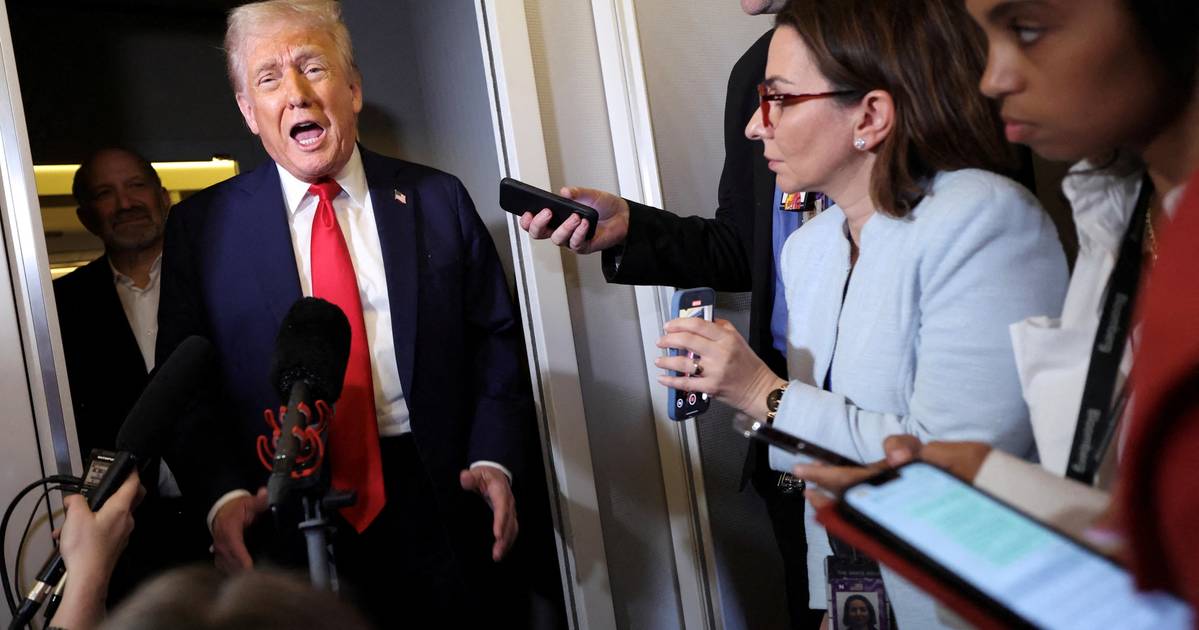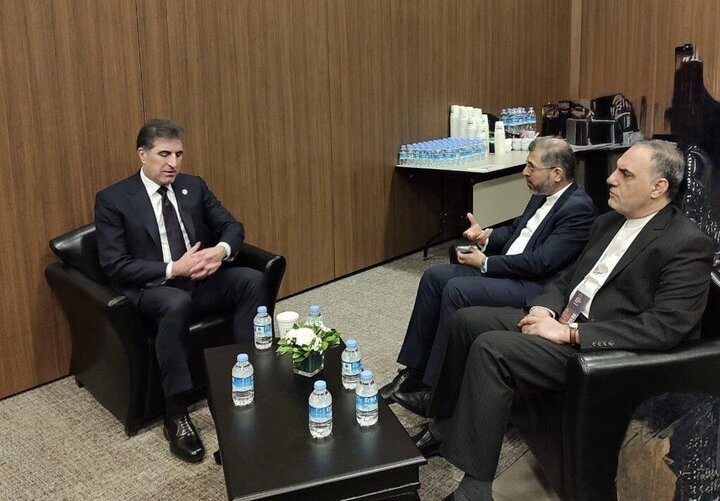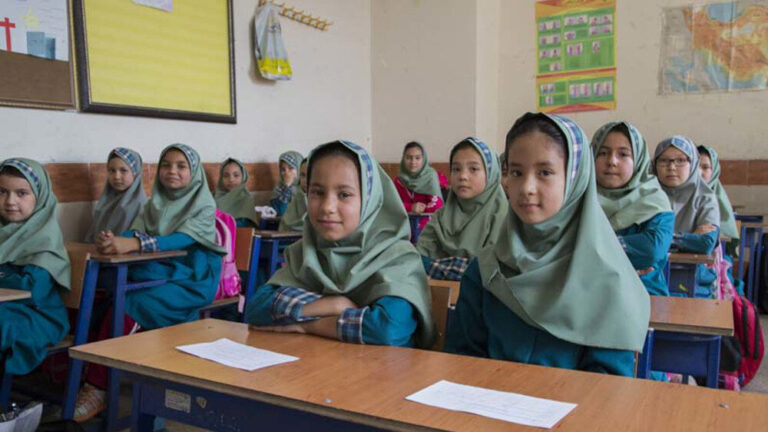US Leverages Secondary Tariffs as a Strategic Weapon Against Iran
In a bold move, US President Donald Trump has issued threats to bomb Iran and impose secondary tariffs if Tehran does not comply with Washington’s demands to abandon its nuclear ambitions. This situation has significant implications for both nations and the international community.
The Trump administration’s strategy of utilizing tariff hikes as leverage against perceived rivals has been a cornerstone of its foreign policy. However, this tactic has had limited effectiveness on Iran, which exported merely $6.2 million worth of goods to the US last year and saw that figure drop to $2.2 million in 2023. Despite this, the introduction of secondary tariffs could pose a serious threat to Iran’s economy.
Understanding Secondary Tariffs
Secondary tariffs allow the US to impose additional taxes on countries that import goods from Iran that are under sanctions. This approach could severely affect Iran’s trade, especially given the following key points:
- Approximately 83% of Iran’s non-oil exports are directed towards seven nations: China, Iraq, the UAE, Turkey, Afghanistan, Pakistan, and India.
- All these countries, with the exception of Afghanistan, maintain significant trade relationships with the United States.
- Continued trade with Iran could threaten these countries’ access to the lucrative US market.
This presents two primary challenges for Iran. First, it jeopardizes the country’s ability to export sanctioned goods—like oil, petrochemicals, and metals—to its key markets. Second, it disrupts Iran’s strategy of leveraging trade partners to rebrand these goods and reroute them to third countries.
During the first 11 months of the last Iranian fiscal year, which concluded on March 20, Iran exported goods worth $43 billion to these seven crucial countries. In contrast, the US Census Bureau reported that these same countries exported over $550 billion worth of goods to the United States in 2024—exceeding their imports from Iran by more than 11 times.
The Role of China
China has played a significant role in Iran’s trade dynamics. Iranian customs data indicates that China imported around $13.8 billion in non-oil goods from Iran during the specified period. Additionally, tanker tracking data suggests that China received approximately 1.5 million barrels per day of Iranian crude and fuel oil, valued at around $40 billion. Despite benefiting from steep discounts on Iranian products, China exported $427 billion worth of goods to the US last year, underscoring the potential repercussions of secondary tariffs.
Rebranding Iranian Products
The disparity between Iran’s official trade figures and those reported by its key trading partners indicates that a substantial portion of Iranian exports is being rebranded and exported as if they originated from these countries. Notable discrepancies include:
- Iran reported $13.8 billion in non-oil exports to China, whereas China’s customs data only accounted for $4.44 billion in non-oil imports from Iran for all of 2024.
- Iran claimed $6.4 billion in exports to Turkey, yet Turkish data—including natural gas—showed just $2.45 billion in imports from Iran.
- Iran’s figures show $1.8 billion in exports to India, while India’s Ministry of Commerce reported only $718 million in imports from Iran.
Countries like Iraq, the UAE, Pakistan, and Afghanistan do not publish detailed trade statistics; however, Iran’s dependence on the UAE for rebranding sanctioned goods and rerouting them to global markets appears highly plausible.
The Impact of US Sanctions
Iran’s foreign trade is heavily concentrated among a small group of nations, making it relatively straightforward for the US to implement tariffs on countries re-exporting Iranian sanctioned goods. Furthermore, it’s important to note that US sanctions extend far beyond crude oil. They also encompass exports of:
- Liquefied petroleum gas (LPG)
- Petrochemicals
- Metals
In the first 11 months of the last fiscal year, Iran exported over $10 billion in LPG, $13 billion in petrochemicals, $10 billion in metals—mainly steel, aluminum, and copper—and $5 billion in gas. These four categories alone accounted for 70% of Iran’s non-oil exports, with nearly all shipments directed toward the aforementioned seven countries.
In conclusion, the evolving geopolitical landscape and the imposition of secondary tariffs present significant challenges for Iran’s economy. As the situation develops, the implications for global trade and diplomatic relations will be closely monitored.






